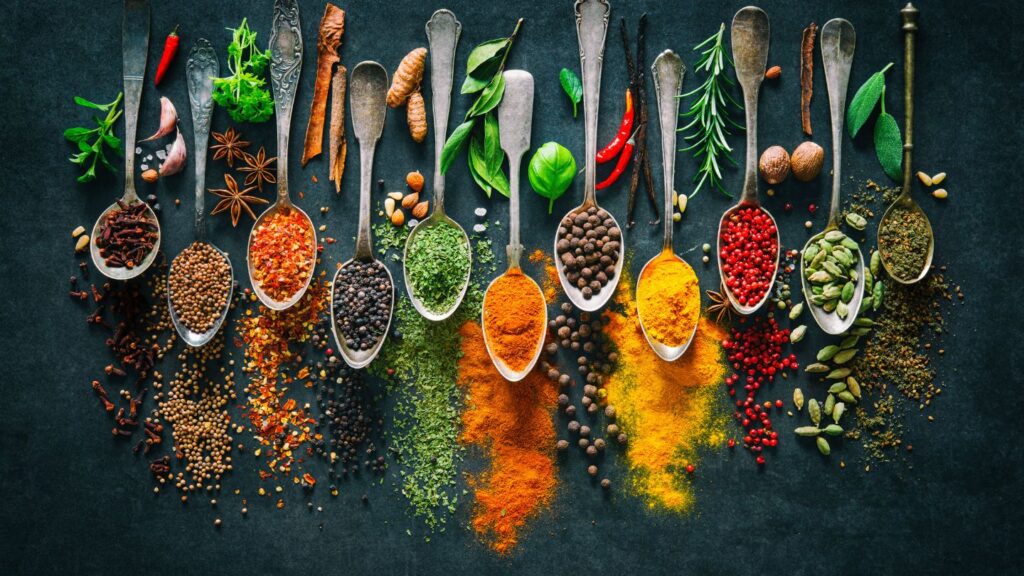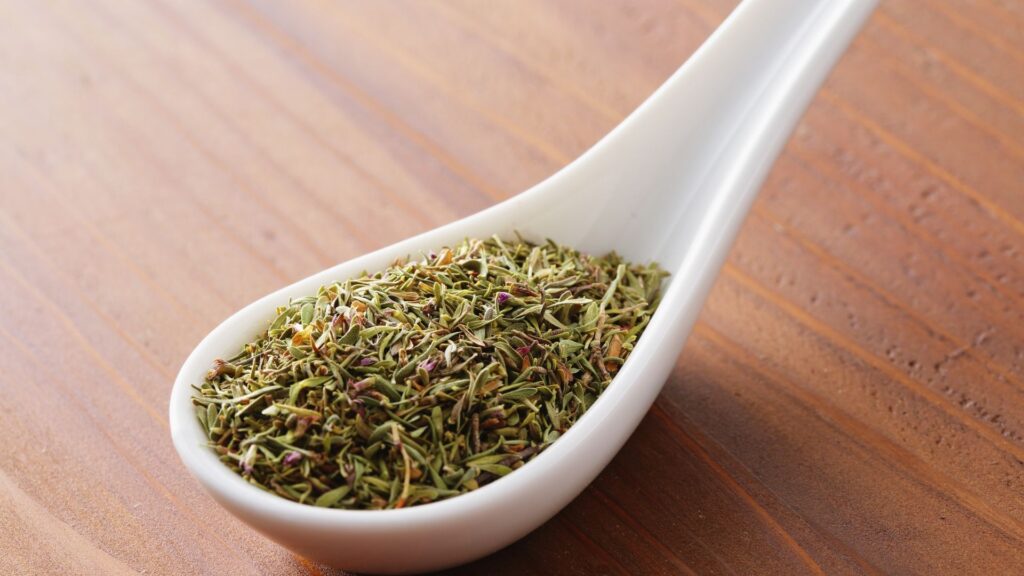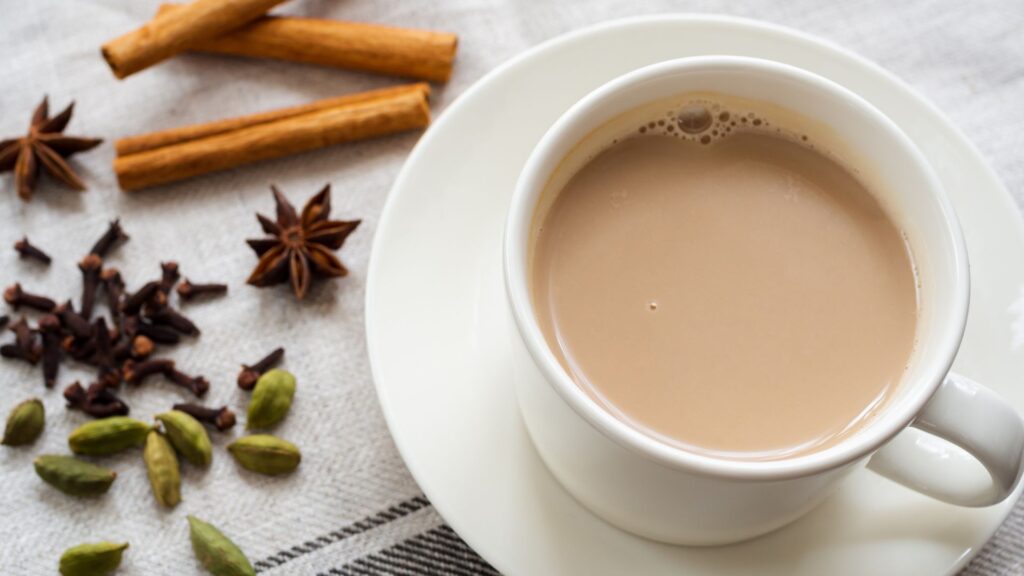Spices are aromatic plant-derived substances used to flavor, preserve, and enhance food. From the peppercorn trade routes of the ancient world to modern kitchens, these vibrant ingredients have shaped culinary traditions, influenced global commerce, and even altered the course of history.
The Ancient Roots of Spices
Civilizations from India, Mesopotamia, China, and Egypt valued spices like black pepper, cinnamon, turmeric, and cardamom for both culinary and medicinal purposes. In ancient India, Ayurvedic texts praised spices for promoting digestion, boosting immunity, and preserving health. The spice trade fueled exploration and cultural exchange, connecting the East and West via maritime and overland routes.
Spice vs. Herb: Understanding the Difference
Although often used interchangeably, spices typically come from parts of a plant other than the leaves—such as seeds, bark, roots, or fruits—while herbs are primarily the leafy green parts.
For example:
- Coriandrum sativum leaves = cilantro (herb)
- Coriandrum sativum seeds = coriander (spice)
Classification of Spices
Spices can be categorized in multiple ways:
By Flavor Profile:
- Hot/Pungent: black pepper, mustard, red chili
- Mild: paprika, coriander
- Aromatic: cinnamon, clove, cumin, nutmeg
By Plant Part Used:
- Bark: cinnamon
- Seeds: cardamom, mustard, fennel
- Roots/Rhizomes: ginger, turmeric
- Flowers/Buds: clove, saffron
- Fruits/Berries: allspice, star anise, peppercorn
Health Benefits of Spices
Modern research confirms what ancient healers practiced—spices offer numerous health perks:
- Antioxidants: Cinnamon, cloves, and oregano help neutralize free radicals.
- Anti-inflammatory: Turmeric’s curcumin reduces inflammation in the body.
- Digestive Support: Ginger and cumin stimulate digestion and ease bloating.
- Antimicrobial Properties: Garlic and black pepper combat harmful bacteria.
Popular Spices Around the World
India – Cardamom, turmeric, cumin, fenugreek
Middle East – Sumac, saffron, coriander
Europe – Mustard seed, horseradish, caraway
Latin America – Chili peppers, allspice, vanilla



